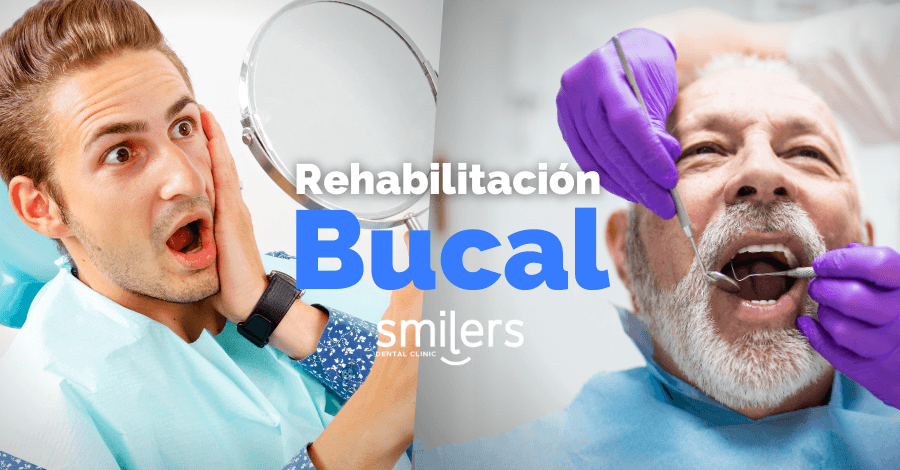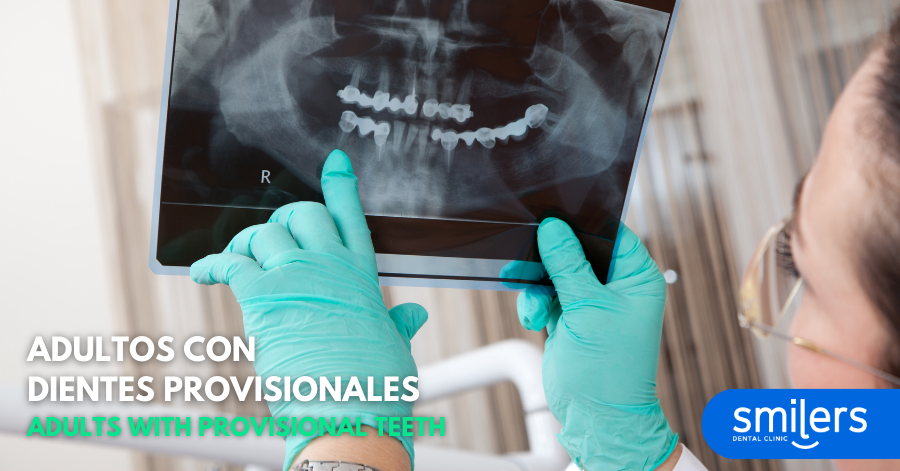We could define dental restoration as a speciality of dentistry that is responsible for the immediate restoration of dental pieces in poor condition with the aim of recovering both the aesthetics and the functionality of the mouth.
One of the main advantages of dental restoration is that it offers us a personalised solution depending on our situation. In this article we will explain the steps to follow to carry out a complete restoration. Don’t miss it!
Visit to the dentist
Naturally, the procedure begins with a personalised study of the patient’s mouth.
Through this initial examination, the specialist will learn about the patient’s dental condition and will design a plan of action in accordance with the patient’s needs.
Remediation phase
Once the specialist knows the patient’s condition, it is time to carry out a series of treatments focused on disinfection and dental cleaning.
In this section we can talk about extractions of dental pieces in poor condition and with no possibility of recovery, or the extraction of teeth that are in poor condition. endodontics The treatment is carried out on those teeth whose dental nerve has been compromised. This is the last option for saving a tooth, and is a treatment that is both recommendable and common in dental clinics.
Other options that could fit into this sanitisation phase are professional cleaning or scaling, interventions that are focused on improving the state of the patient’s gums. In short, the sanitisation phase is dedicated to eliminating the patient’s oral infections.
Surgical phase
Once disinfection has been achieved, it is time to enter the surgical phase, i.e. a series of surgical interventions aimed at restoring both aesthetics and oral functionality to the patient. Although it is true that the most common intervention is the insertion of a dental implant, it should be noted that there are other treatments that fall into this category, such as bone grafting, a surgical process prior to the implant that is carried out in those patients who have lost part of the maxillary bone that would hinder the insertion of the implant (let’s not forget that the maxillary bone acts as a support).
One of the most common doubts among patients is whether the procedure is complex and painful, but the reality is that the procedure is relatively simple and practically painless, given that local anaesthesia is applied.
Implementation phase
The last step to finish the oral restoration is to place the prostheses that will be supported by the implant. Nowadays, different materials are used, such as porcelain or zirconium, materials that not only offer an aesthetic and very natural result, but are also very resistant and durable.
While it is true that dental implants are the most recommended option, both for their aesthetics and functionality, it should be noted that there are other cheaper alternatives, such as removable prostheses.
Finally, we must not forget that dental implants require daily care, so it is important to follow the specialist’s instructions to keep our new teeth in good condition.
In conclusion, dental restoration has become one of the most demanded options nowadays, which is not surprising if we take into account that this is an alternative that will give us back our smile. Are you going to miss it?
This post is purely informational and does not replace a consultation with the dentist in any way. Contact the smile agents team to schedule an appointment with one of the dentists at Smilers Dental Clinic.



